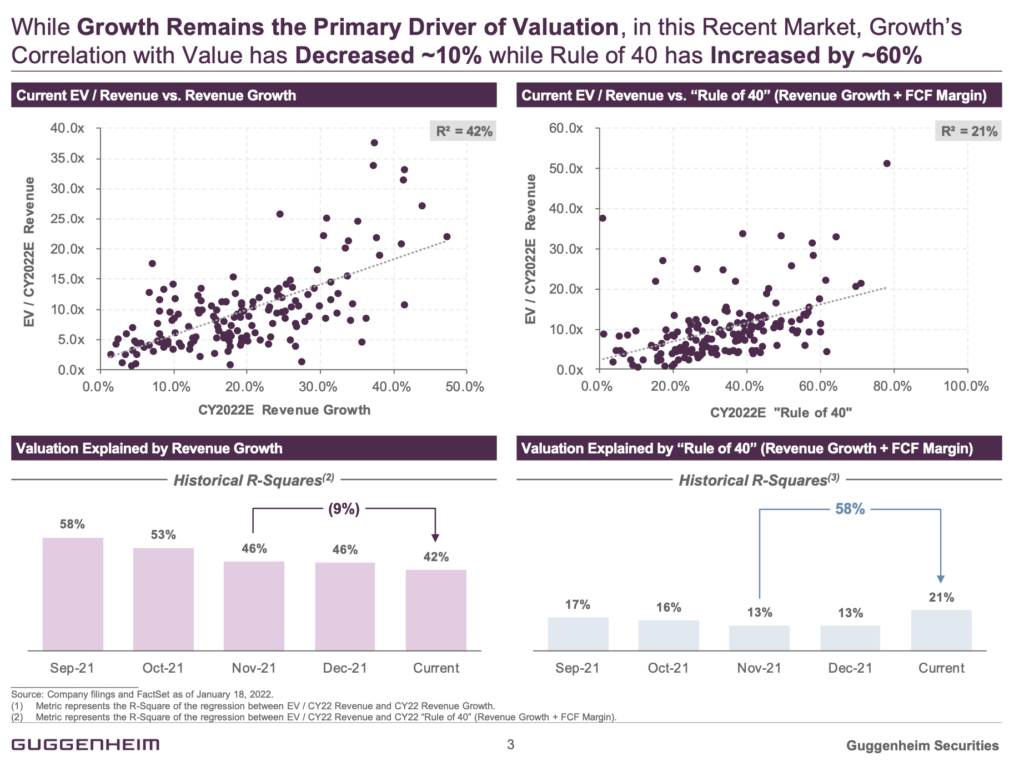I’ve written on here about how Energize will continue to support our companies from Series A to IPO. This week the first of a few major growth equity investments we are leading is being announced. The press release is pasted below and an early article on Bloomberg found here.
Energize is the largest shareholder in Aurora and we’ve grown our position over time. We’ve partnered with Aurora since 2019 and the company is a pinnacle example of how software can accelerate innovation for energy and sustainability. Chris Hopper and Sam Adeyemo are excellent leaders of the company and quickly becoming stewards for the solar market as a whole.
—
Climate Tech SaaS Leader Aurora Solar Secures $200 Million in Series D to Further the Digital Transformation of the Solar Ecosystem
Funding Round Co-Led by Coatue and Energize Ventures, underscores the rising importance of software in the energy transition
SAN FRANCISCO, CA, Feb 28, 2022 / PR Newswire / – Aurora Solar, the industry’s leading software platform for solar sales and design, announced it closed a $200 million Series D funding round co-led by current investors Coatue and Energize Ventures with participation from Fifth Wall, ICONIQ and new investors, Lux Capital and Emerson Collective. With this funding, Aurora Solar can accelerate its mission to create a future of clean energy by enabling solar contractors with a powerful, accessible and reliable platform to power every step of the solar adoption process.
“As a trusted partner to the fastest growing solar companies, we have a unique vantage point from which to deliver customer-centric innovation,” said Christopher Hopper, Co-founder and CEO of Aurora Solar. “We are thrilled about our next chapter and accelerating innovations that enable every member of the solar organization to benefit from data and AI, and ultimately deliver on the promise of solar.”
The solar industry is at a strategic inflection point. According to the Solar Energy Industry Association (SEIA), solar has experienced an average annual growth rate of 42% in the last decade and accounts for 54% of all new electricity-generating capacity in the U.S. This exploding growth in demand, along with the dramatic shift to a digital-first business environment, further accelerated by the pandemic, has highlighted the need for the solar companies to double down on digital transformation.
“Software is increasingly becoming a mission-critical part of every solar organization’s technology and operating strategy,” said Samuel Adeyemo, Co-founder and CRO of Aurora Solar. “Aurora’s focus is to help our customers tackle some of the industry’s biggest challenges head on: accelerating sales cycles, scaling up design operations, and transitioning costly and ineffective manual processes to automated and integrated workflows.”
With more than 7.5 million solar projects designed in its software platform, Aurora is the de facto standard for solar design and revenue operations. Currently, 90% of the top solar contractors in the U.S., including Freedom Forever, POWERHOME Solar, and Momentum Solar depend on Aurora daily to power their sales, design and operations teams, and deliver meaningful business outcomes. Building on this momentum, this funding will help Aurora accelerate its product development, expand outreach, and build lasting, trusted relationships with their customers while also increasing Aurora’s collaboration with the broader solar community.
“Solar is a $100 billion industry and the fastest growing power generation source in the world. At Energize, we believe the key to accelerating solar adoption at scale is through software and automation,” said John Tough, managing partner at Energize Ventures, which is Aurora’s largest investor. “Aurora is building the operating system that will support this growth, and we’re thrilled to make our fourth consecutive investment in the company as they continue to expand their platform and build upon their world-class team.”
Aurora Solar is committed to supporting solar companies, big and small, global and local, as they lead society toward a sustainable future, and will continue to work toward its mission of providing all solar professionals with leading-edge tools to efficiently sell, design, and install high quality solar projects.
Aurora Solar will highlight its latest innovations at the Sunrise Demo Day event on March 2, 2022. To register, visit sunrise.aurorasolar.com.
About Aurora Solar Inc.
Aurora Solar is a fast-growing technology company whose digital platform enables solar professionals to streamline complex and costly manual processes, so they can focus on what matters — driving solar adoption at scale. The award-winning San Francisco-based company powers over 5,000 of the solar industry’s most successful organizations and was voted the best solar software by Solar Power World in 2021. Over 7 million solar projects have been designed in Aurora globally. For more information, visit www.aurorasolar.com and follow us on Twitter @AuroraSolarInc.
About Energize Ventures
Energize Ventures is a leading global alternative investment manager focused on accelerating digital transformation in energy and sustainability. Founded in 2016, Energize now holds nearly $750 million in assets under management and has funded 18 companies to date. Energize is backed by institutional and strategic LPs including CDPQ, Credit Suisse, Invenergy, SE Ventures (corporate venture arm of Schneider Electric), GE Renewable Energy, Xcel Energy, and more. With an unmatched depth and breadth of industry and operational expertise, Energize works in partnership with its portfolio companies to realize their full potential from early commercialization to growth scaling and into the public markets. For more information on Energize Ventures, please visit www.energize.vc.
About Coatue
Coatue is one of the largest technology investment platforms in the world with more than $35 billion in assets under management. Our dedicated team of engineers and data scientists work closely with investment professionals to add value to founders and executive teams in our portfolio. With venture, growth and public funds, we back entrepreneurs from around the globe and at every stage of growth. Some of our private investments have included Airtable, Ant Financial, Anaplan, ByteDance, Chime, Databricks, DoorDash, Instacart, Meituan, Snap, Snowflake and Spotify.














